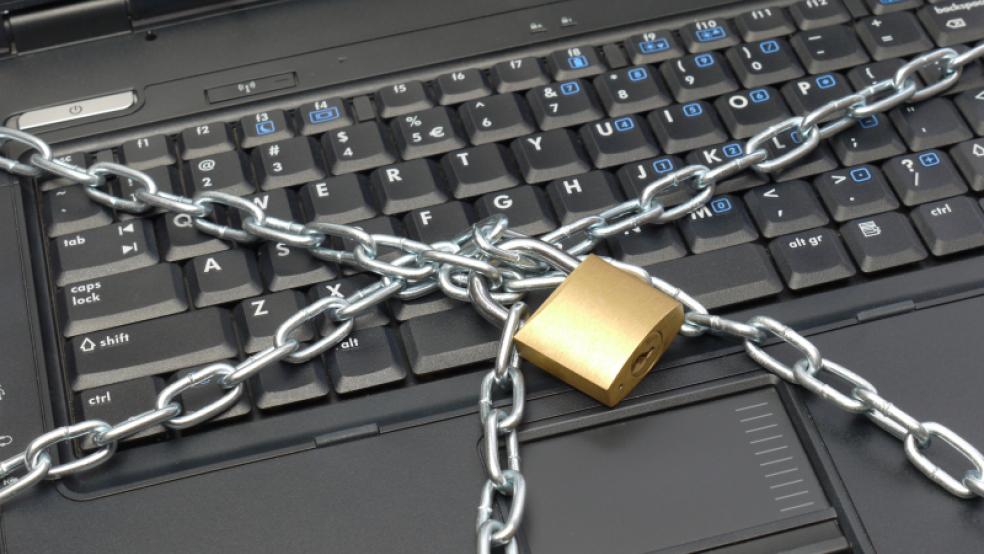Last week’s newly discovered bug Heartbleed is turning out to be one of the most serious security flaws in years, and is adding to a long list of large-scale data breaches. In December, Target said credit and debit card information for at least 40 million of its customers had been compromised; a month later, Neiman Marcus announced the theft of 1.1 million credit and debit cards by hackers.
As the number of these threats increase, more American Internet users are reporting personal information breaches.
A Pew Research Center survey from January showed that 18 percent of American Internet users have had important personal information stolen, including Social Security numbers, credit cards and bank account information. This is up from 11 percent in July 2013.
Related: Beware of Hackers and the ‘Heartbleed’ Bug
The increase since the 2013 survey was particularly evident for two groups. Internet users between 18 and 29 reported a 15 percent increase in important personal information stolen, up from 7 percent in July. Similarly, 20 percent of respondents between 50 and 64 said they had important personal information stolen, up from 11 percent in July.
“As online Americans have become ever more engaged with online life, their concerns about the amount of personal information available about them online have shifted as well,” said the Pew Research Center. “We find that Internet users have become more worried about the amount of personal information available about them online.”
If you are also worried about potential data breaches online, here are 3 steps you should take to protect your personal information online:
1) Change your passwords often: Experts recommend that you periodically change your passwords. But following the Heartbleed bug, you should change your passwords on several specific websites whose security may have been compromised such as social networks, email accounts and online retail sites.
2) Use two-step verification: When available, it’s best to use two-step verification, which, as Google puts it, “helps keep the bad guys out of your account by using both your password and you phone.” In addition to entering your username and password, you’ll also be asked for a code that will be sent to your phone. With the added layer of security, you can reduce the chance that your personal information will be stolen.
3) Get a password manager: A password manager like Dashlane or 1Password helps you keep track of passwords by automatically importing them from your browser into a company’s password vault. Most of them also work for complex logins including those of bank accounts.
Top reads from The Fiscal Times:




